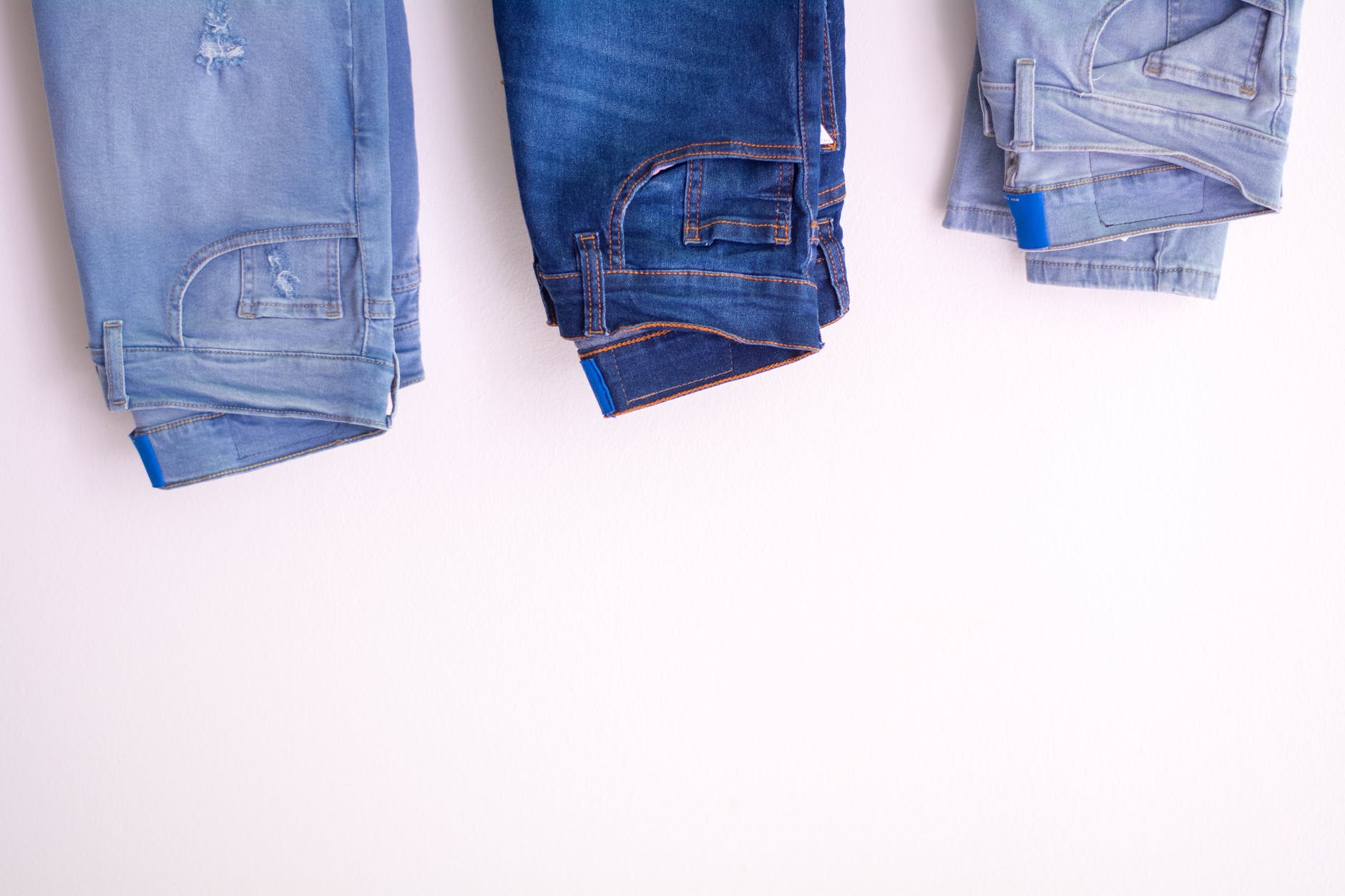Greenwashing | Fashion Industry’s Dirty Little Secret

Sue Dhillon is an Indian American writer, journalist, and trainer.
What is greenwashing? It’s the fashion industry’s dirty little secret and we are going to break it down.
The word fashion was once and still is to some, associated with luxury, happiness and wealth. However, as the new rising and powerful consumer of Gen Z seeks for more transparency from brands both high end and high street, the true and dirty nature of fashion has been revealed. As there is a real drive for a cleaner fashion industry, consumers are beginning to stay away from brands that don’t meet their requirements. There is a growing demand for sustainable clothing and with that playing a key role in persuading purchases, brands have succumbed to greenwashing.
The Greenwashing Problem
Greenwashing is the action of presenting false information about one’s brand about how their products are becoming better for the environment. Whilst some may only assume fast fashion brands are the only ones who participate in this, luxury brands have also dipped their foot into the pool of greenwashing with the effect of consumers turning on them. As Fashion Week commenced a few weeks ago around the globe, many took the opportunity to show that not enough is being done by these brands to help the climate. As the cry for sustainability becomes louder, how much longer can brands sing the greenwashing lullaby?

You’ve Been Caught
A new report which was published in July this year named ‘Synthetics Anonymous’ uncovered disastrous figures within the fashion industry. A report by the Changing Markets Foundation delved into fashions relationship with cheap, petroleum derived fabrics and its infestation across the whole industry.
According to the report, nearly 60 per cent of environmental claims fell short of greenwashing guidelines, meaning a large number of brands were lying about their positive effects on the climate. Th worst performing brands included Burberry, Lulu Lemon and Patagonia, which surprisingly advocates for cleaner fashion. H&M was crowned, Carrie style, as the worst offenders for false claims at 96 per cent. Their fast fashion friend Asos followed closely behind with 89 per cent. Many of these brands are prone to using industry buzzwords such as eco-friendly and sustainable to entice buyers, slapping these name tags on anything they sell. It was discovered that products from H&M’s ‘sustainable’ line contained more synthetic fibres than their usual clothes.
Revealing some more astonishing figures, the report stated that the use of synthetic fibres accounts for 1.35 per cent of global oil consumption, exceeding Spain’s annual consumption. Now if that doesn’t illustrate the impact of the fashion industry on the environment, I don’t know what will.
A separate report by Eco-Age on greenwashing states that “all major fashion brands claim to be engaged in sustainability efforts…many are struggling and indeed failing, because they are using a flawed definition of sustainability, unscientific methods and selective implementation”. The report also curated a new term called “greenwishing”, relating to many of these afore mentioned brands who think themselves as less harmful to the environment than they really are. This trend is set to become more frequent within brands as they make efforts to draw in customers.
Coach Was Caught Greenwashing Red Handed
The most recent uncovering of greenwashing in luxury fashion was by the American brand Coach. Environmental activist, Anna Sacks who goes by the name The Trash Walker took to TikTok to show slashed products from the luxury brand in the bin. A video she bought from another user, Anna shared it with her 338k followers where the products, found from another activist, were originally discovered outside a mall in Dallas. In her video she claims that they were ‘unwanted’ products which were destroyed for a tax write off.
Coach have since denied this statement saying “We have now ceased destroying in-store returns of damaged, defective and otherwise unsalable goods and are dedicated to maximizing such products reuse in our Coach (Re)Loved and other circularity programs. The damaged product that was being destroyed in stores, represents approximately 1 per cent of units globally….. We continue to make significant strides and have been developing and implementing solutions to responsibly repurpose, recycle, or reuse excess or damaged products.”
This discovery has caused outrage as the luxury fashion house also has a repair programme. Anna Sacks claimed it was hypocrisy. Whilst this has shocked many users and supporters of eco-fashion, apparently such actions within the industry are not uncommon. In 2018 it was revealed that Burberry destroyed over £25million of unwanted goods in a single year.Apparently, this is to prevent the devalue of the brand as the products would be sold to the ‘wrong people’ on the ‘grey market’. It’s also meant to prevent counterfeiting.
High street brands also want a price of the action as Swedish H&M admitted to burning unwanted stock to help power a small Swedish city called Vastera. Whilst it’s good that brands are beginning to provide the public with this information, it’s the lack of common sense that gets me. If Burberry were to hold pop-up shops of these unwanted goods at discount prices, I can guarantee that many would flock to purchase. Or they could even reuse the material etc for other products. There’s just so many better and more sensible routes brands can go down.
Greenwashing And The Influential Consumer
In 2021 I think it’s safe to say that Gen Z-ers are the most influential consumers. Both within high street and high end, Generation Z are paving the way for consumer trends. For example, the rise of second-hand fashion. They’ve even impacted the luxury fashion world as they look to purchase vintage luxury goods.
One of the main features of this type of consumer is that they value quality, sustainability and eco-friendly products. Whilst buzzwords relating to such may entice the customer, what strengthens the relationship is the transparency of the brand. It’s all good if you say your eco-friendly but if you can prove it, even better. However, if evidence comes to light of a brand greenwashing, this can really put off the Gen Z consumer.
This doesn’t only relate to greenwashing but the general habits of shoppers and brands who create tonnes of stock. Why are you surprised when you purchase from a fast fashion brand and the item of clothing turns out to be of cheap quality. That’s a given with those brands. But the general consumer expects more from luxury brands. The quality is there, but the ethics and eco-friendly process is not.
Businesses and brands have been tailoring themselves to the newly reinvented consumer. Offering repair, resell and reuse programmes such as sites like Vestiaire Collective, as well as Ebay, which offer authentication certificates for luxury goods.
One of the big issues within the fashion industry is the need to want new things constantly. This negative trait held by many is one of the main cause and effects which impacts the world. And brands are encouraging it. Whilst some luxury houses are reverting back to two collections a year, social media is filling that hole with the creation of online trends which last no longer than four months. Protestors took to the Louis Vuitton Show during Paris Fashion Week, displaying banners stating “Overconsumption=extinction”. This constant availability of newness is tarnishing not only our climate but the industry.

Luxury Brands Next Steps
Although we wish that the fashion industry could switch to sustainable and eco-friendly with the snap of our fingers, there’s actually a long process to reach these goals that the public needs to understand. Speaking to Jing Daily, the CEO of Terra Cycle, Tom Szaky stated “While you would expect luxury brands to be the innovators and frontrunners around sustainability, they are just gradually catching up now.”
However, evident most recently at the Met Gala, luxury brands can make some immediate changes which should be widely encouraged. One of the attendees at the event was musician Billie Eilish who wore an Oscar de la Renta gown. However, before this collaboration happened, the singer insisted that the luxury house was to stop using fur in their products, and so they did. This just shows the real power celebrities have to change the face of fashion. In an interview with Forbes the CEO of Bally, Nicolas Girotto said “For those of us in luxury, the challenge is to understand that we must profoundly change the business models which have worked so well for us in the past. As with all consumer brands, we have to challenge ourselves by making the business case for sustainability, which is not an easy path.”
On a positive note, Luxury French fashion brand, Chloe has become the first luxury brand to be ‘B Corp’ certified. With a new creative director, Gabriela Hearst’s debut collection featured recycled cashmere, reworked vintage bags and more – the total C02 footprint was an astounding 400 per cent smaller than last year’s collection. Illustrating the steps major brands can take, this is a great accomplishment for the brand and something for others to aspire to. In addition, it provides the transparency the consumer wants.
I think brands both high street and high end need to treat their consumers with more respect as more and more turn away from their products. Looking to achieve an eco-friendly closet, consumers require brand transparency. Not only will this create a stronger relationship, but it will also make fashion labels re-evaluate their approach to making clothes and the impact they have on the climate.
This article was written by contributing writer Malin Jones.
To check out Malin’s bio click here.
Malin’s other posts –
The Side Hustle | The New Norm
The Race To Tour Space | Going Where Others Have Gone Before


